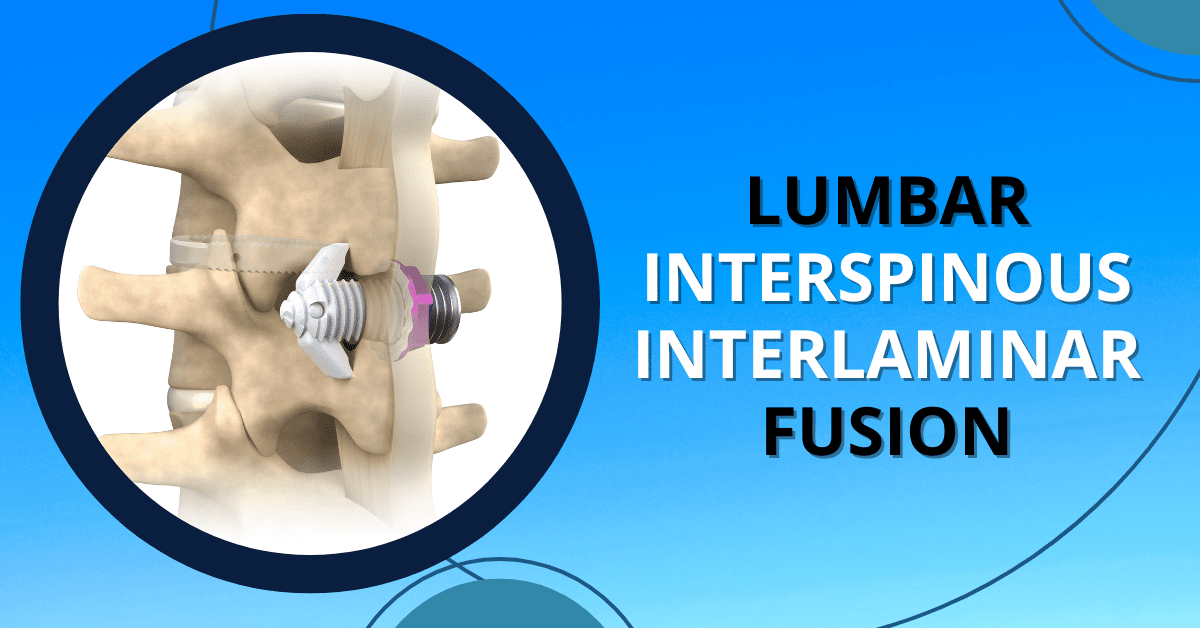
What is an Interspinous-Interlaminar Fusion Device?
An interspinous-interlaminar fusion device is a medically implanted tool used to stabilize and fuse parts of the spine in the middle and lower back. It connects to the back of the spine, except for the neck, using plates on both sides. Bone graft material is placed inside the device to help fuse the spine segments together.
The device helps keep the spine from moving, providing stability and support. It has a special design to fit well in different parts of the spine, with a threaded post for easy placement. The device comes in various sizes to match the patient's anatomy.
Conditions Treated with a Lumbar Fusion Implant
A lumbar fusion implant is specifically designed for use in the following conditions:
- Lumbar Spinal Stenosis: A condition where the spinal canal narrows, causing pressure on the spinal cord and nerves.
- Lumbar Degenerative Disc Disease (DDD): Characterized by back pain originating from disc degeneration, confirmed through history and radiographic studies.
- Lumbar Spondylolisthesis: A condition where a vertebra slips forward over the one below it, often referred to as a slipped disc.
How a Lumbar Fusion Implant Works
A surgical implant helps to stabilize the spine and relieve conditions by securely fusing the affected parts of the spine. Here’s how it works:
- Precise and Compact Design: The implant can be adjusted during surgery for precise placement. The device is made from a single piece, making it less bulky without needing extra parts.
- Stable Support: The implant’s design keeps the spine stable during movement.
- Bone Growth Promotion: A special material coating the device encourages bone growth and ensures the implant stays securely in place.
- Secure Threading: The threaded body of the implant ensures it is securely attached between the spinal bones.
This combination of features helps provide stability and support to the spine, reducing pain and improving function.
